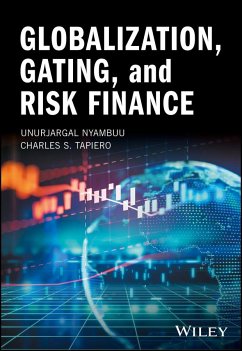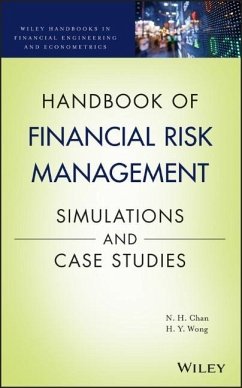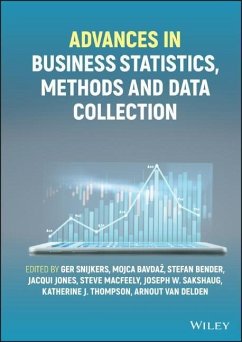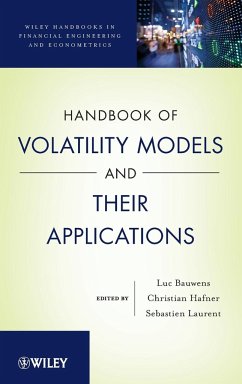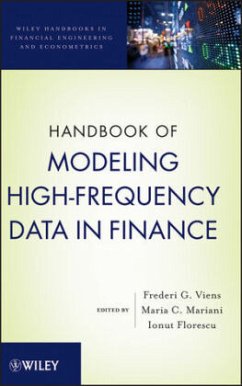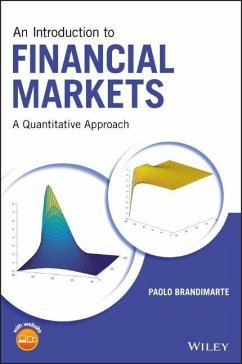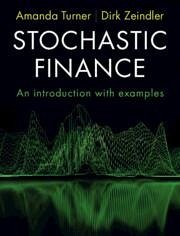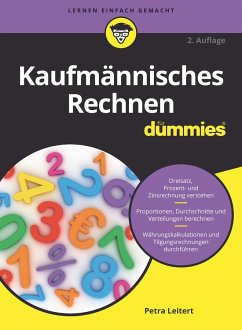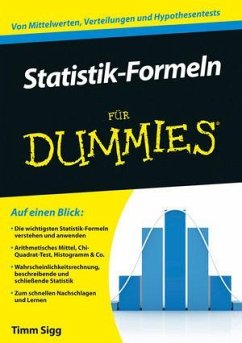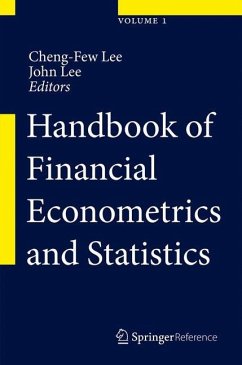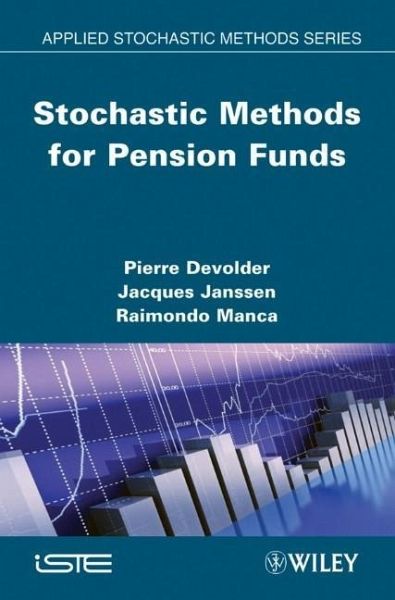
Stochastic Methods for Pension Funds
Versandkostenfrei!
Versandfertig in über 4 Wochen
193,99 €
inkl. MwSt.
Weitere Ausgaben:

PAYBACK Punkte
97 °P sammeln!
Quantitative finance has become these last years a extraordinary field of research and interest as well from an academic point of view as for practical applications.At the same time, pension issue is clearly a major economical and financial topic for the next decades in the context of the well-known longevity risk. Surprisingly few books are devoted to application of modern stochastic calculus to pension analysis.The aim of this book is to fill this gap and to show how recent methods of stochastic finance can be useful for to the risk management of pension funds. Methods of optimal control wil...
Quantitative finance has become these last years a extraordinary field of research and interest as well from an academic point of view as for practical applications.
At the same time, pension issue is clearly a major economical and financial topic for the next decades in the context of the well-known longevity risk. Surprisingly few books are devoted to application of modern stochastic calculus to pension analysis.
The aim of this book is to fill this gap and to show how recent methods of stochastic finance can be useful for to the risk management of pension funds. Methods of optimal control will be especially developed and applied to fundamental problems such as the optimal asset allocation of the fund or the cost spreading of a pension scheme. In these various problems, financial as well as demographic risks will be addressed and modelled.
At the same time, pension issue is clearly a major economical and financial topic for the next decades in the context of the well-known longevity risk. Surprisingly few books are devoted to application of modern stochastic calculus to pension analysis.
The aim of this book is to fill this gap and to show how recent methods of stochastic finance can be useful for to the risk management of pension funds. Methods of optimal control will be especially developed and applied to fundamental problems such as the optimal asset allocation of the fund or the cost spreading of a pension scheme. In these various problems, financial as well as demographic risks will be addressed and modelled.




